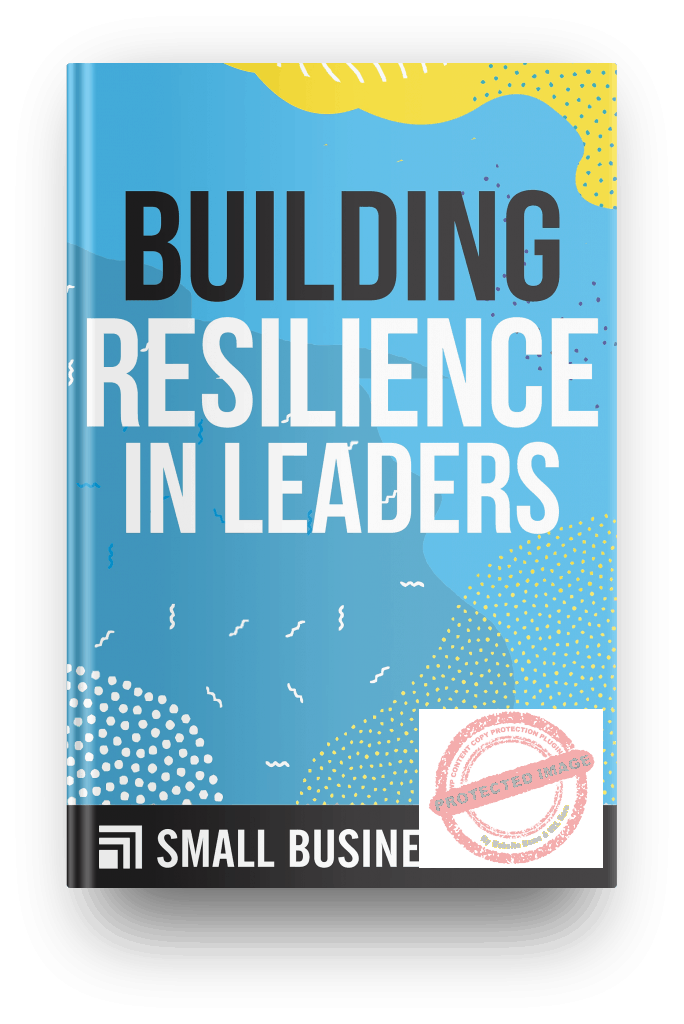What exactly does it mean to be a resilient leader? What are the ingredients or requirements for building resilience in leaders?
Resilience refers to the incredible ability to pull through quickly from setbacks and challenges.
If you are resilient, you are able to keep going in the face of problems.
You don’t allow difficulties to knock you down.
Sometimes, you become even stronger when the going gets tougher.
Why Is Building Resilience In Leaders Important?
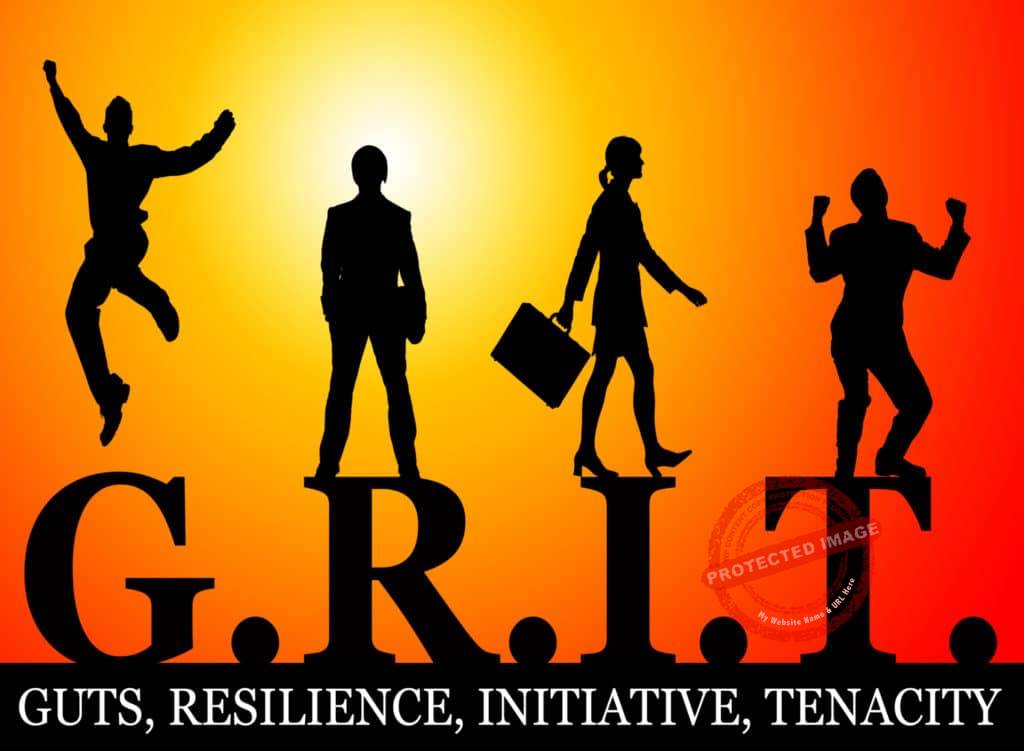
A leader has to manage people.
He has to deal with office politics as well as face a wide range of stressful responsibilities.
A leader has to deal with mistakes, manage setbacks and face personal criticism.
It is not always easy to recover from setbacks or learn from mistakes.
A leader has to know how to build resilience.
Resilience in the workplace is essential, especially when someone has a team of subordinates looking to him for leadership and guidance.
Resilient leaders accept reality and see it for what it is.
They know that let-downs, roadblocks, and failure are a built-in part of the journey towards success.
If you want to become a resilient leader, you have to appreciate the importance of resilience.
Believe that what you do has purpose and meaning.
You need to be able to quickly learn from failure – and deal with it by looking for solutions and improvising instead of giving up in despair.
How To Develop Resilience
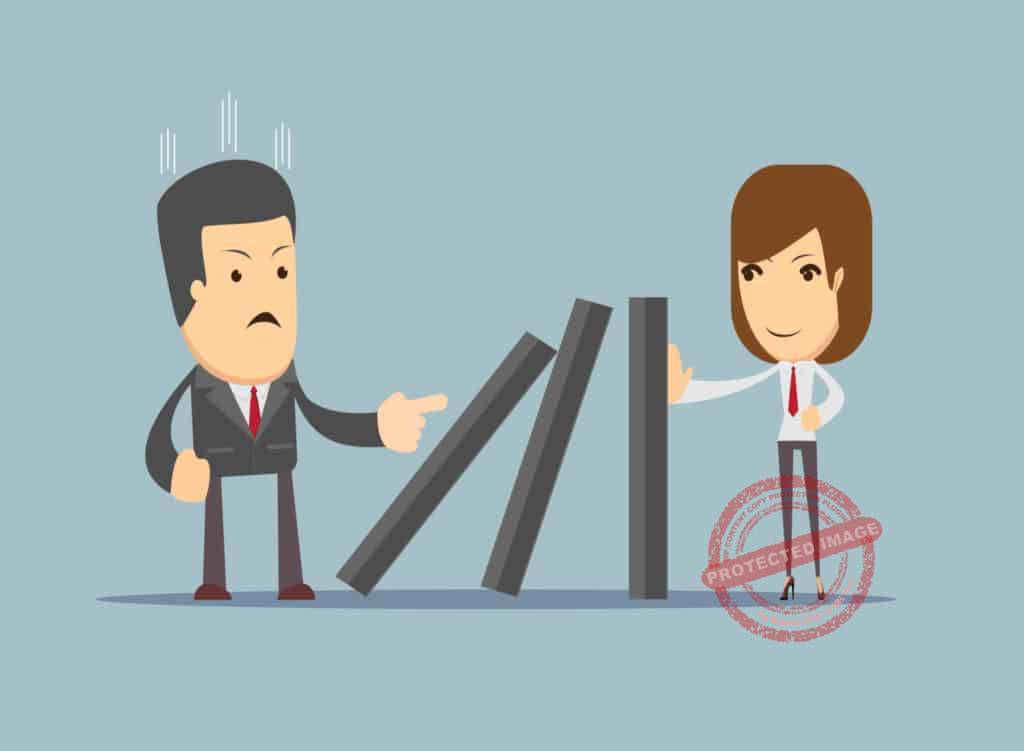
The mark of a truly resilient leader is not seen by how he performs in good times.
It is seen by how he stays emotionally strong and continues to lead his people with professionalism, a sense of humor, and perseverance when times are particularly trying.
You can’t exhibit resilience when everything is easy-breezy.
You show resilience when you and your team has to go through difficult and challenging times.
When times are hard, your people look up to you to stay calm and strong.
They need you to remain composed, focused on what needs to be done and to provide leadership and direction.
Also, they need you to listen to them, support them, and help them remain centered on what they have to accomplish.
These are some of the things involved when a leader is building his resilience.

As a leader, you need to demonstrate that you can stand up for your people.
You need to show that you can represent and speak for them.
You need to make them believe that you have their best interests at heart.
As a leader, increasing or building resilience has a lot to do with how you think, feel, and behave.
Keeping the following in mind helps you develop resilience:
Every Challenge Gives You Great Opportunities To Become Better At What You Do

Successful people look at problems as a gift.
Embrace it and you become a stronger leader.
In times of setbacks, you get the chance to show your true colors.
You prove your integrity and show that you have what it takes to remain steadfast and reliable.
Also, you prove that you can stay focused on your job.
You Are Responsible To The People You Lead In Both Good And Bad Times
When your team succeeds at accomplishing their goals, it is a time to celebrate as a team.
To reward your people for their effort and firmness.
When your team faces roadblocks, it is time to become even more bonded.
It is an opportunity to inspire and motivate your team – and show them that you can weather the storm and come out of it an even stronger team.
You Must Lead By Example

When your subordinates see you welcoming difficulties as an opportunity to prove your worth, they are likely to take their cue from you.
Your subordinates see you as their role model.
How you behave in times of crisis has a strong impact on them.
Remain firm and composed, and your people will follow suit.
Give up immediately and your subordinates will see no sense in trying to carry on.
Show resilience amidst difficulty and your subordinates are likely to reflect the same can-do attitude.
It is the way true leaders teach their subordinates how to build or develop resilience.
You Must Learn From Mistakes
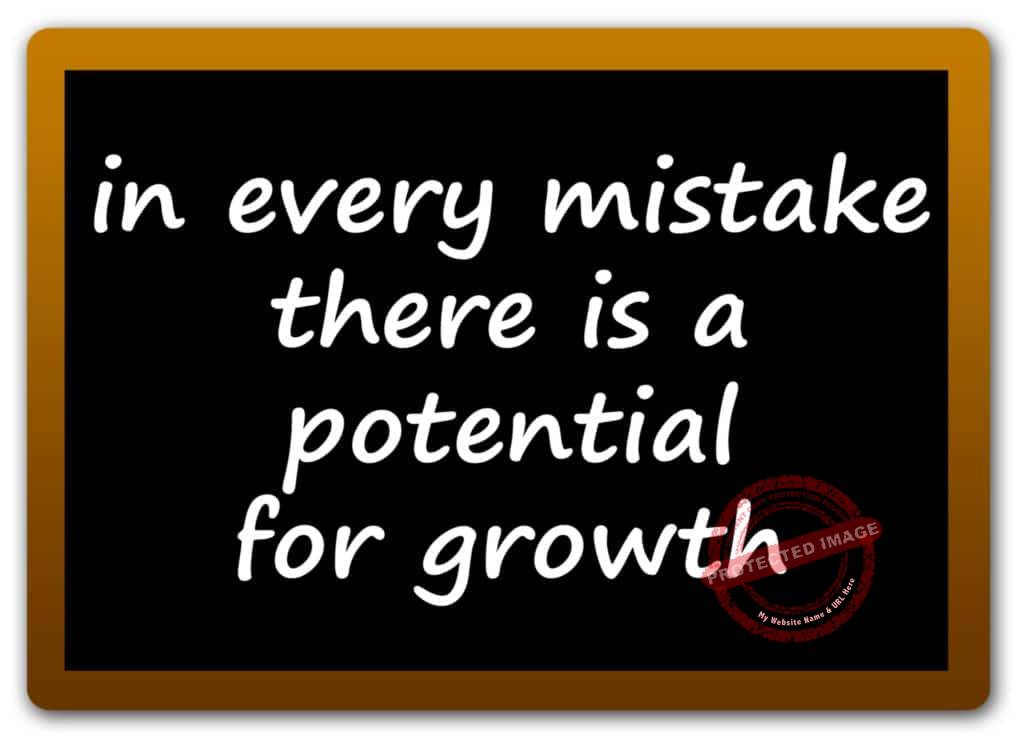
Setbacks can teach you how to be resilient much better than success can.
Failure is an opportunity to learn how to do better the next time.
Look at problems, mistakes, and failures, as learning opportunities.
Each one uncovers a lesson.
Each one leads you closer to success.
You Must Be Proud Of Where You Have Been
Most people talk about their successes and make the effort to simply gloss over the failures they have encountered in their lives.
If you are truly a resilient leader, you should take pride in your failures.
They point out where you have been – and how far you have come in terms of learning.
Past failures show exactly what you are capable of.
They demonstrate that whatever obstacles life throws your way, you have the resilience to stay on the path.
Habits Of Resilient Leaders

There are many ways leaders can build resilience.
One is to develop the right habits.
What strategies to build resilience do leaders use?
They Make Time For Regular Quiet Time

If you want to gear up for the daily battles that await you in the workplace, you have to set aside some time to replenish your emotional energy.
Many leaders find it useful to spend the first hours after they wake up on some quality me-time.
They do meditations, work on their gratitude lists and write their thoughts down in their personal journals.
Most of them also work out on the treadmill while they listen to interesting audiobooks or podcasts.
Me-time helps you to get centered. It refreshes you so that you are able to start the day with confidence and enthusiasm.
Most resilient leaders also plan out their priorities for the day.
Doing this enables them to start the day with self-assurance, knowing that they face the day with a clear plan of action.
They Count Their Blessings

Resilient leaders make it a point to focus on how lucky they are.
If you fail to close the million dollar deal you have set your eyes on, try to re-frame the situation.
You didn’t get the contract, true, but you still have your job, don’t you?
You still have the opportunity to try harder, use the insights that the failed deal gave you, and maybe land an even bigger deal.
They Engage In Physical Activity To Build Strength And Energy

You may not have a natural inclination for physical exercise.
However, if you push your body to exercise on a regular basis, you also develop mental toughness.
Physical exercise benefits both body and mind.
When you exercise, you stimulate a strong sense of motivation that also boosts your brain cells.
You clear your mind and develop a clearer perspective.
Research indicates that taking a brisk walk can help you feel better if you are anxious or stressed out.
Sweating it out helps you feel less overwhelmed.
It makes you feel better and helps you look at things in a more positive and clearer light.
They Are Able To Compartmentalize
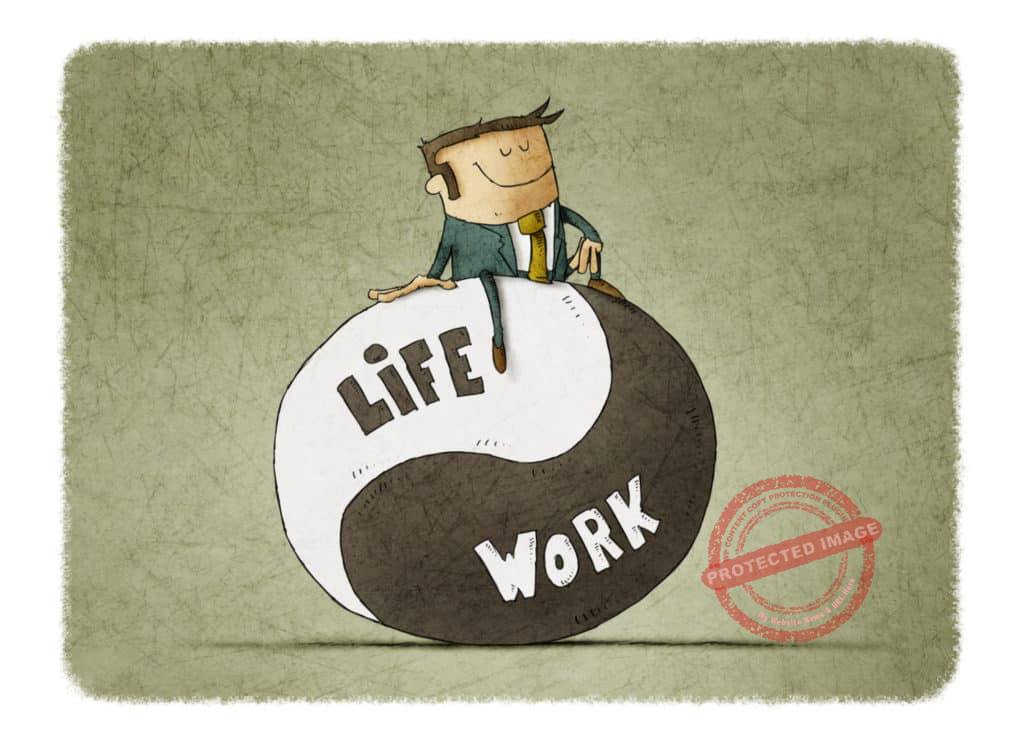
In building resilience as a leader, you should be able to compartmentalize every area in your life.
Don’t let work interfere with the quality time you spend with your family.
When you are at work, give your full focus on your job, your clients, your team, and the company.
When you go home to your family, turn off your work phone and the computer.
Enjoy dinner with your family.
Watch a movie.
Play with your kids.
You wear different hats; you are a parent, a worker, a community member, and a friend.
When you don one hat, switch off your other roles.
Be fully present within the moment.
Being able to compartmentalize is one of the most effective ways to build resilience as a leader.
It helps you keep your focus and energy, keeps you sane and makes you more productive and happy.
They Do Not Fear Adversity
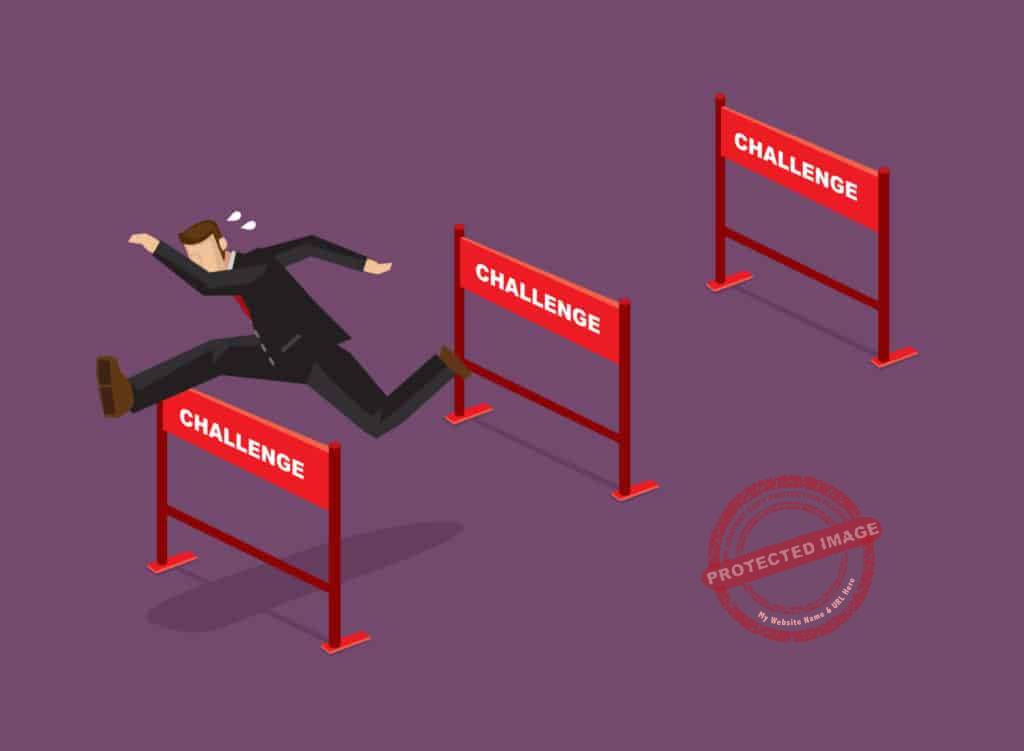
Don’t allow yourself to feel like a victim.
When you fail, dwell on the insights you can get from the experience.
The ability to be resilient is like a muscle.
It has to be exercised.
When you encounter hiccups in your work, you work out your resiliency muscle.
When you face challenging situations, you exercise your resiliency muscle. The more curve balls that life throws at you, the more resilient you become.
They Maintain A Healthy Self-image

When you have a healthy self-image, you are not likely to feel let down by the negative things that others say about you.
You know that external views or opinions can be distorted or wrong.
Opinions can be biased.
Knowing yourself also helps you accept your mistakes.
You don’t shift the blame to other people.
They Take Action
Resilient leaders are action people.
If you commit a blunder, don’t waste time.
Don’t allow yourself to become paralyzed by negative thoughts.
Get to work right away to fix the situation.
Look immediately for possible solutions.
If the job seems overwhelming, work on it in chips and watch it get smaller every day.
They Use Visualization To Strengthen Their Resilience

Buddhist monks swear by the power of visualization. Imagine yourself as a successful person – and you become successful.
Imagine yourself as resilient – and you become resilient.
Form the habit of visualization.
Always picture yourself as being able to act with strength, patience, and grace under pressure.
When the challenges actually come, you are likely to act in that resilient manner you have always imagined yourself to be capable of.
They Find Ways To Adapt
Things will not always go your way. Stay flexible.
You can always find another way to do things.
You can always adjust your goals.
They Choose To Be Happy

In building their resilience, leaders always choose to be happy no matter what.
Life can be full of difficulties.
It can be pretty devastating so you have to practice mental patience to remain calm.
Happiness, however, is an option.
It is distinct and separate from the situation you face.
You can maintain a happy and positive outlook in spite of the difficulties you face.
They Stay Connected With Family And Friends
You have to nurture your outside-work relationships.
Even if you are going through a really difficult time at work, don’t cut yourself off from your friends and family.
Don’t withdraw from them.
Friends and family form a strong support system that you can count on.
You need them, especially when you are going through particularly trying times.
They Find Ways To Release Tension

You need to release tension.
You have to express what you feel.
Keeping negative emotions stored up can have negative consequences.
This, for a leader, is crucial to building resilience.
There are many ways to find release.
You can keep a journal, meditate, confide in a counselor or talk to a friend.
You could also exercise or develop artistic pursuits like drawing, playing the piano or dancing – as a way of expressing yourself and releasing tension.
Practical Ways To Build Resilience
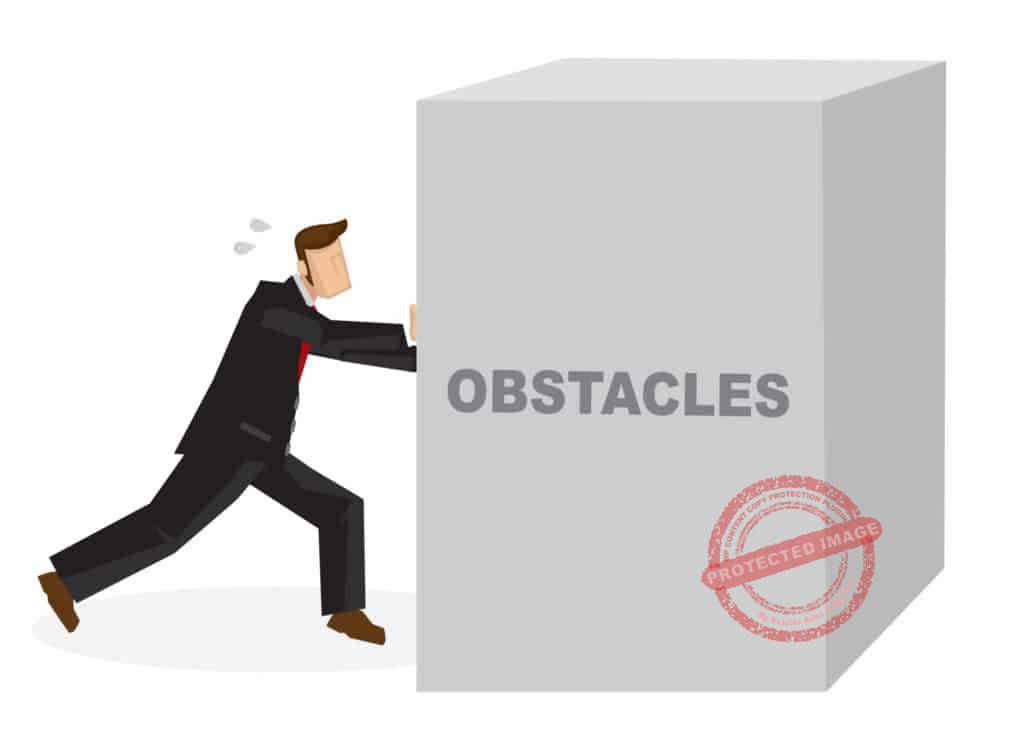
Studies indicate that resilience is not a trait that you are born with.
It is a trait that one develops and strengthens over time.
There are certain practical ways of increasing or building resilience in leaders.
Recognize The Fact That Every Struggle – No Matter What It Is, Is Valid.
People struggle with different things.
Don’t minimize what it is that you’re struggling with just because you think that other people have it worse.
You don’t have to have fought in the war to acknowledge the weight to your problems.
Any problem can be a really difficult stressor.
Recognize The Fact That You Are, At Present, Already Resilient In Some Ways

You may not have gone through terrible experiences with substance abuse or alcoholism as a kid.
If you think back, however, it is highly likely that you have gone through some tough times.
You have survived difficult times. You already know how it is to be resilient.
Don’t Wait For Or Expect Tough Situations To Resolve On Their Own
Resilient individuals are not laid back.
They don’t simply wait for a situation to fix itself.
There is resilience in the workplace when people take an active role in looking for solutions.
Resilient people realize that they will not always be able to fix a problem overnight but they certainly will not waste any time doing nothing.
Know What Your Strengths Are – And Use Them

Different people have different skills.
One person may have an amazing personality.
Another one may be street-smart.
Another may be more persistent and hard-working than the rest.
It is important that you know what you are good at – and use that to make things better.
This also helps you to build your resilience as a leader.
Don’t Do It On Your Own
Acknowledge that you need a support system.
Resilient people are stronger because they know that they have friends and family who have their back.
You are able to confront difficult situations when you know that there are people you can count on for help or emotional support.
Your support system can be a system of one.
It is not a question of having many friends.
As long as you have one person whom you feel sees you and gets who you are, you are in a good place.
Look For Good Ways To Take A Mental Break

You can’t fix most problems overnight.
It is oftentimes better to take a break so you get to see things in perspective.
Taking a break enables you to come back recharged.
It prevents you from becoming overwhelmed.
A resilient person tends to work at a problem right away.
However, he also knows when it is time to pull back and take a break.
Taking a break can mean different things.
It can mean hanging out with friends, reading a book or even going on a long walk.
Taking a break means doing anything that refreshes your mind and restores your spirit.
Refuse To See Yourself As Broken. See Yourself As Growing Strong Because Of Failing

You need to have compassion for yourself.
Some people go through so much pain and failure that they see themselves as losers.
A resilient person refuses to dwell on the failure.
He focuses on learning from it.
He understands that failure is preparation for success.
Take Away Message

You can’t ignore the importance of resilience in the workplace.
An effective leader is able to promote a positive outlook and inspire his subordinates to practice resilience.
The work environment can be very stressful.
There are times when your subordinates have to face workloads that seem impossible.
They commit a lot of serious mistakes.
They are unable to meet deadlines, their projects fail and they get criticized right and left for the quality of their output.
You have to teach them to be resilient so they can keep their anxiety level low, keep their emotions even, and sustain their will to perform at high levels.

Resilience is not a rare ability that only special and exceptional people are gifted with.
It is a trait that anybody can learn.
Create resilience in yourself – and inspire your people to do likewise.
It is only by developing your own resilience that you can inspire your subordinates to practice strategies to build resilience.
Are you a resilient leader?
Please leave us your comments!
Click on Buy Now For a PDF Version of This Blog Post
 |
